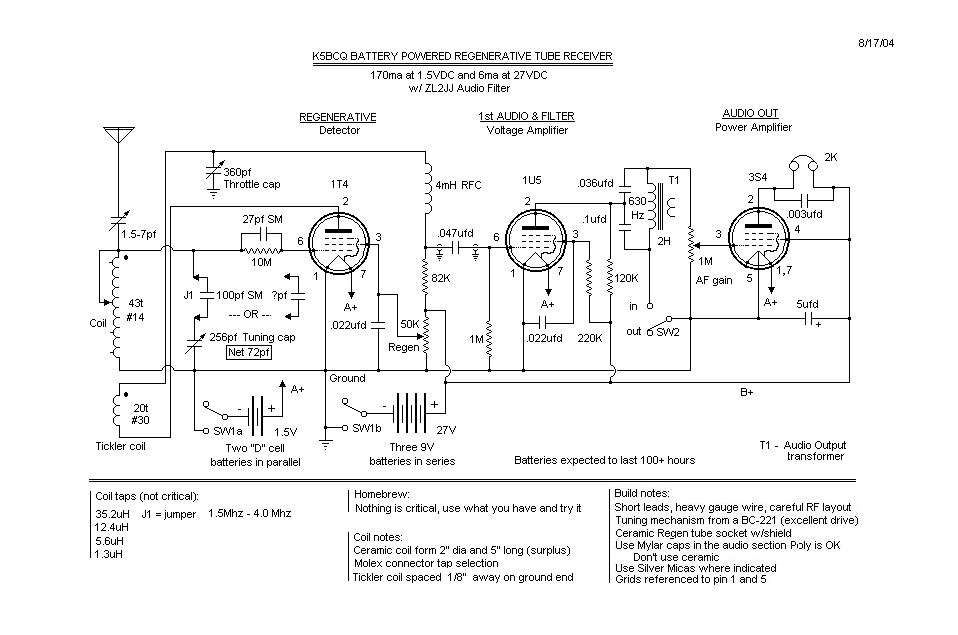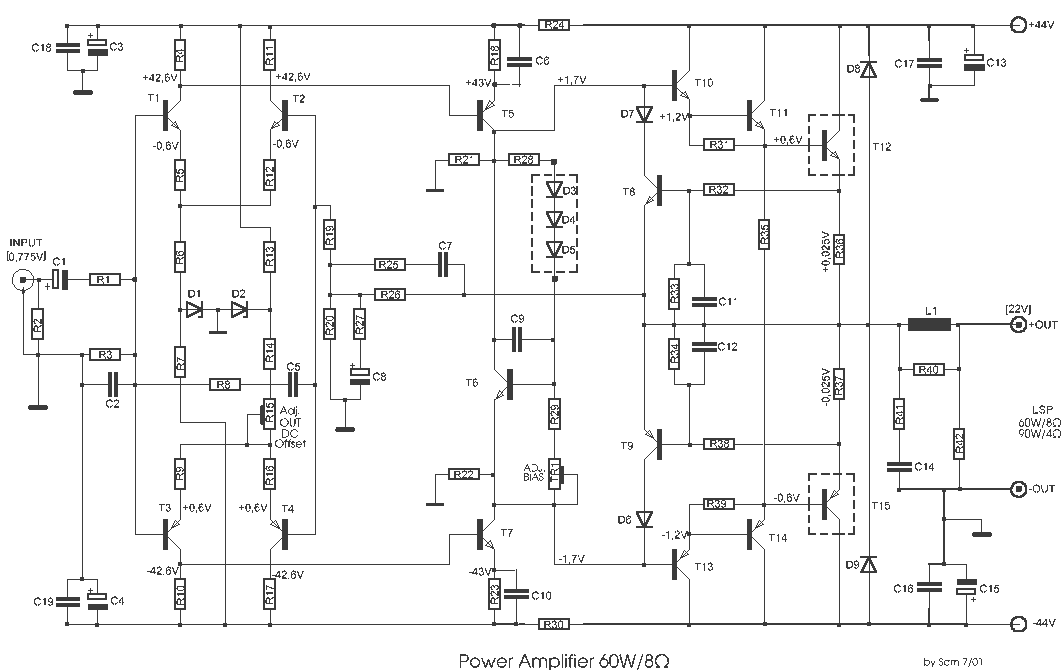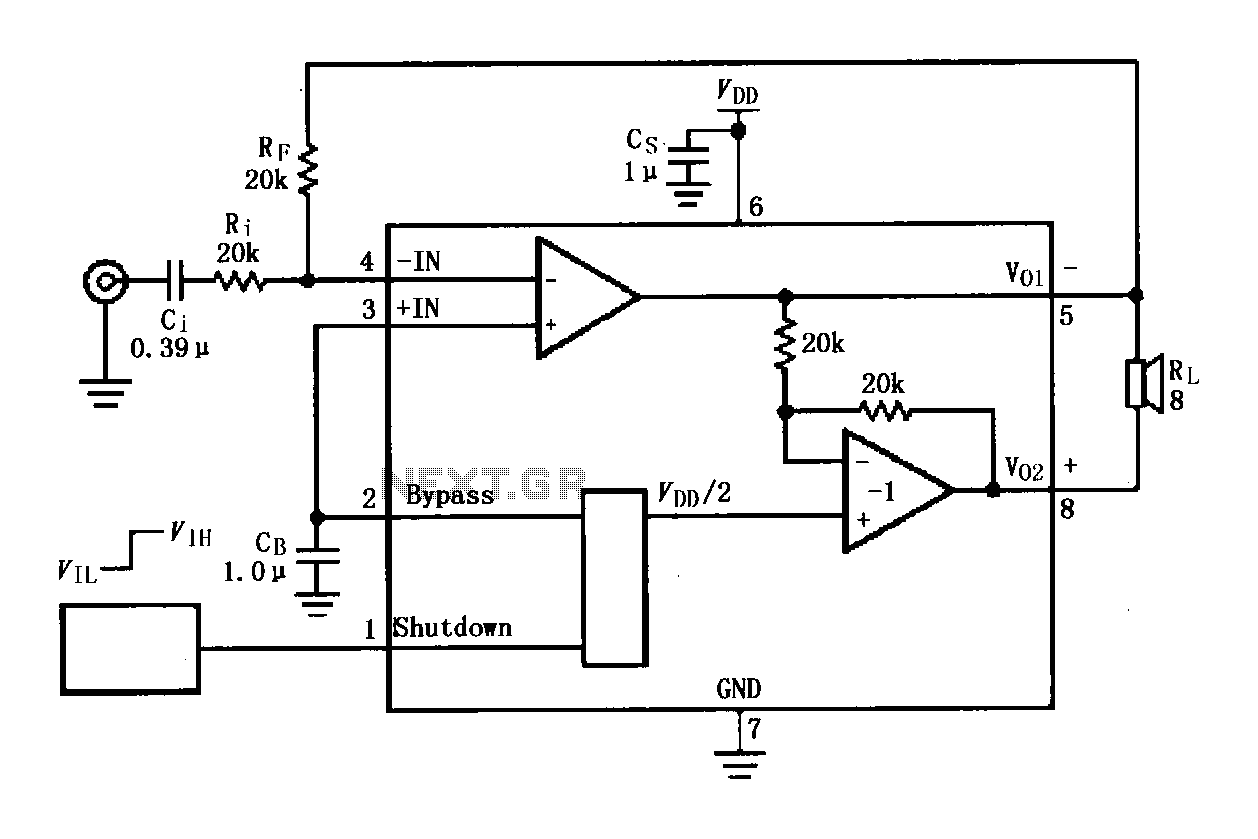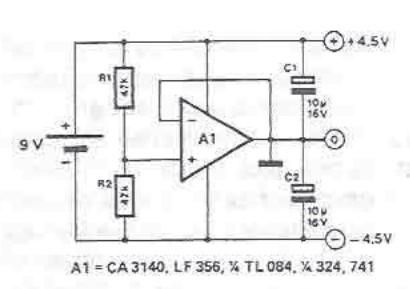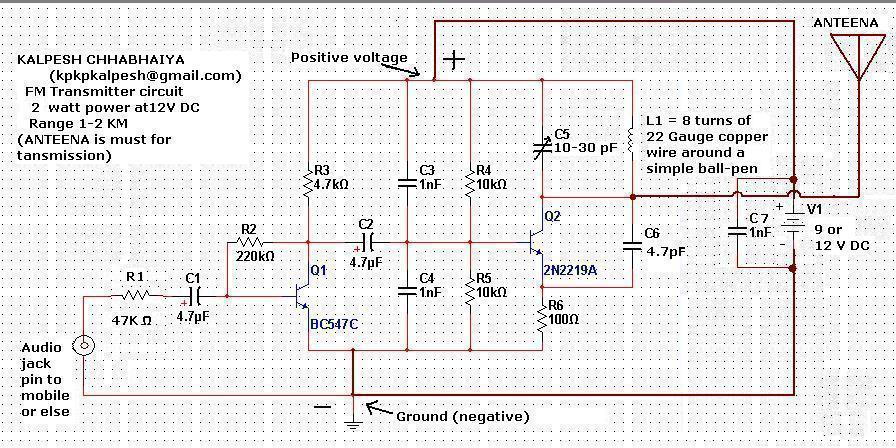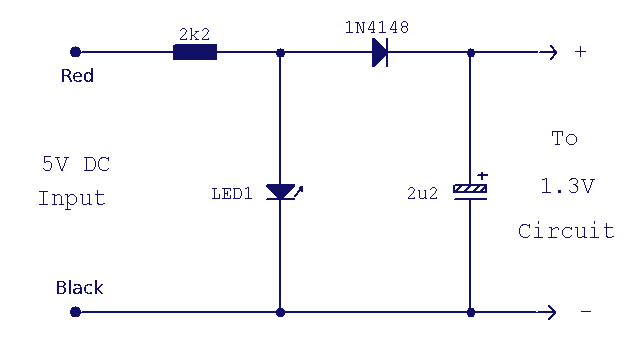
lm317t power supply
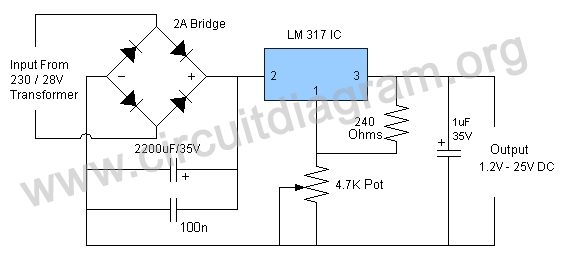
The LM317T power supply circuit is a straightforward and enduring design that consists of a minimal number of components. It provides a stable, regulated, adjustable, or variable output.
The LM317T is a versatile linear voltage regulator that can output a voltage range of 1.25V to 37V, making it suitable for various applications requiring a stable power supply. The circuit typically includes the LM317T integrated circuit, a few resistors, and capacitors to filter and stabilize the output voltage.
To construct the LM317T power supply circuit, the following components are essential:
1. **LM317T Voltage Regulator**: This component regulates the output voltage by adjusting the resistance between its output and adjust pins. The output voltage can be set using two resistors (R1 and R2) connected in a voltage divider configuration.
2. **Input Capacitor (C1)**: A capacitor (typically 0.1µF) is connected at the input to filter out any high-frequency noise from the power supply.
3. **Output Capacitor (C2)**: A larger capacitor (often 10µF or more) is placed at the output to improve transient response and stability, ensuring that the output voltage remains steady under varying load conditions.
4. **Resistors (R1 and R2)**: These resistors determine the output voltage. R1 is usually set to a fixed value (often 240Ω) while R2 is adjustable. The output voltage (Vout) can be calculated using the formula:
Vout = Vref × (1 + R2/R1) + Iadj × R2
where Vref is typically 1.25V and Iadj is a small current that can often be neglected.
5. **Heat Sink**: Depending on the load current and input-output voltage differential, a heat sink may be necessary to dissipate heat generated by the LM317T to prevent thermal shutdown.
The circuit can be powered by a DC input voltage that is higher than the desired output voltage, typically between 3V to 40V. The LM317T will adjust the output to the required voltage level while maintaining regulation, ensuring that the connected load receives a consistent voltage.
This power supply circuit is commonly used in laboratories, educational settings, and various electronic projects where a reliable adjustable voltage source is needed. Its simplicity and effectiveness make it a popular choice among engineers and hobbyists alike.LM 317T power supply circuit. This power supply is very simple and timeless, contain very few components and will give very stable, regulated adjustable / variable output.. 🔗 External reference
The LM317T is a versatile linear voltage regulator that can output a voltage range of 1.25V to 37V, making it suitable for various applications requiring a stable power supply. The circuit typically includes the LM317T integrated circuit, a few resistors, and capacitors to filter and stabilize the output voltage.
To construct the LM317T power supply circuit, the following components are essential:
1. **LM317T Voltage Regulator**: This component regulates the output voltage by adjusting the resistance between its output and adjust pins. The output voltage can be set using two resistors (R1 and R2) connected in a voltage divider configuration.
2. **Input Capacitor (C1)**: A capacitor (typically 0.1µF) is connected at the input to filter out any high-frequency noise from the power supply.
3. **Output Capacitor (C2)**: A larger capacitor (often 10µF or more) is placed at the output to improve transient response and stability, ensuring that the output voltage remains steady under varying load conditions.
4. **Resistors (R1 and R2)**: These resistors determine the output voltage. R1 is usually set to a fixed value (often 240Ω) while R2 is adjustable. The output voltage (Vout) can be calculated using the formula:
Vout = Vref × (1 + R2/R1) + Iadj × R2
where Vref is typically 1.25V and Iadj is a small current that can often be neglected.
5. **Heat Sink**: Depending on the load current and input-output voltage differential, a heat sink may be necessary to dissipate heat generated by the LM317T to prevent thermal shutdown.
The circuit can be powered by a DC input voltage that is higher than the desired output voltage, typically between 3V to 40V. The LM317T will adjust the output to the required voltage level while maintaining regulation, ensuring that the connected load receives a consistent voltage.
This power supply circuit is commonly used in laboratories, educational settings, and various electronic projects where a reliable adjustable voltage source is needed. Its simplicity and effectiveness make it a popular choice among engineers and hobbyists alike.LM 317T power supply circuit. This power supply is very simple and timeless, contain very few components and will give very stable, regulated adjustable / variable output.. 🔗 External reference
